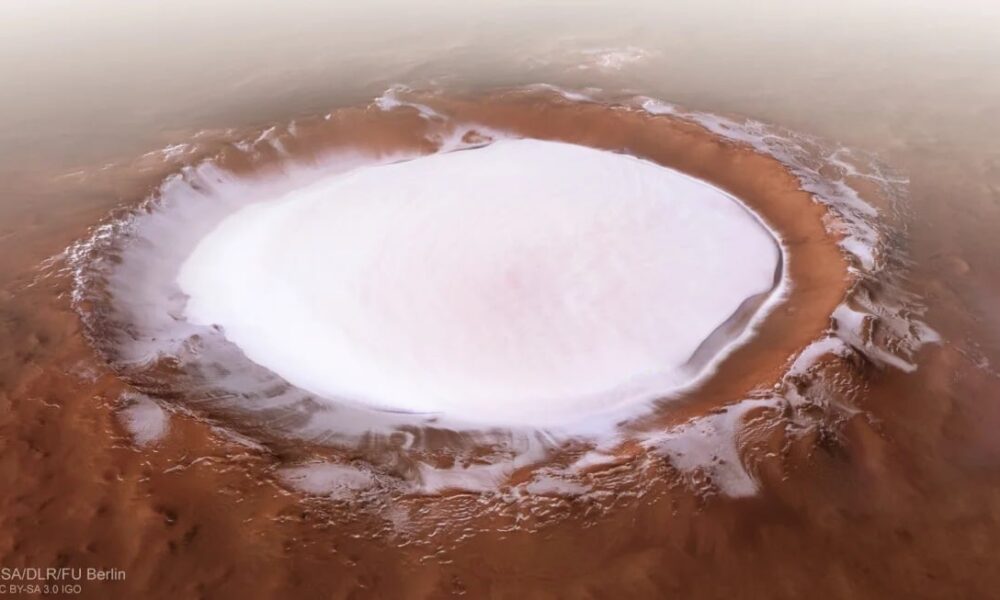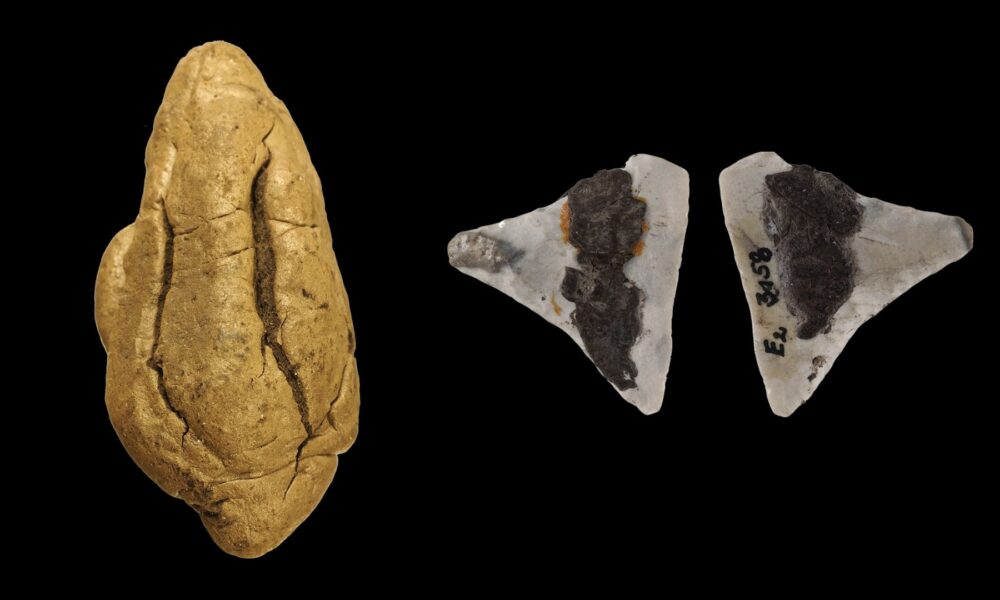Recent research has uncovered that the ice deposits within the craters of Mars contain a record of the planet’s climatic history. This study, led by Trishit Ruj, an associate professor at Okayama University, suggests that these craters may hold the key to understanding how Mars transitioned from a warmer, wetter environment to its current cold and arid state. The findings, published in the journal Geology, indicate that Mars has experienced multiple ice ages over millions of years.
Insights from Martian Craters
The research team focused on glacial landforms situated between 20°N and 45°N latitude. They utilized high-resolution images from the Mars Reconnaissance Orbiter (MRO) to analyze craters that exhibited signs of glaciation, such as ridges and debris patterns indicative of past ice sheets. Their analysis highlighted that ice deposits consistently formed in the shadowed southwestern walls of these craters, a pattern that persisted across various glacial periods during the Amazonian period, which lasted from approximately 640 to 98 million years ago.
Dr. Ruj noted, “Like Earth, shifts in Mars’ climate were driven by changes in the planet’s axial tilt, which has an inclination of about 25 degrees.” This axial tilt can fluctuate dramatically over extended periods, influencing the occurrence of glaciation and subsequent thaws. The study suggests that as these cycles progressed, the overall volume of ice on Mars diminished.
Implications for Future Exploration
The research has significant implications for future crewed missions to Mars, especially regarding in-situ resource utilization (ISRU). Spacecraft traveling from Earth take between six to nine months to reach Mars, making it essential for astronauts to rely on locally-sourced water ice for agriculture, oxygen production, and fuel. Understanding the distribution and history of ice on Mars can help mission planners identify viable locations for these crucial resources.
Additionally, the techniques employed in this research could inform efforts to combat climate change on Earth. As global temperatures rise, major challenges such as droughts, forest fires, and diminishing freshwater supplies have become increasingly pressing. The methodologies used to study Martian ice can assist scientists in monitoring terrestrial glaciers, permafrost, and hidden water reservoirs.
Dr. Hasegawa from Kochi University commented, “Mars serves as a natural laboratory for understanding how ice behaves over vast timescales. The insights we gain here can sharpen our understanding of climate processes on Earth as well.”
As the exploration of Mars continues, the findings from this research not only enrich our understanding of the Red Planet’s past but also provide valuable lessons for addressing climate-related issues here on Earth.






